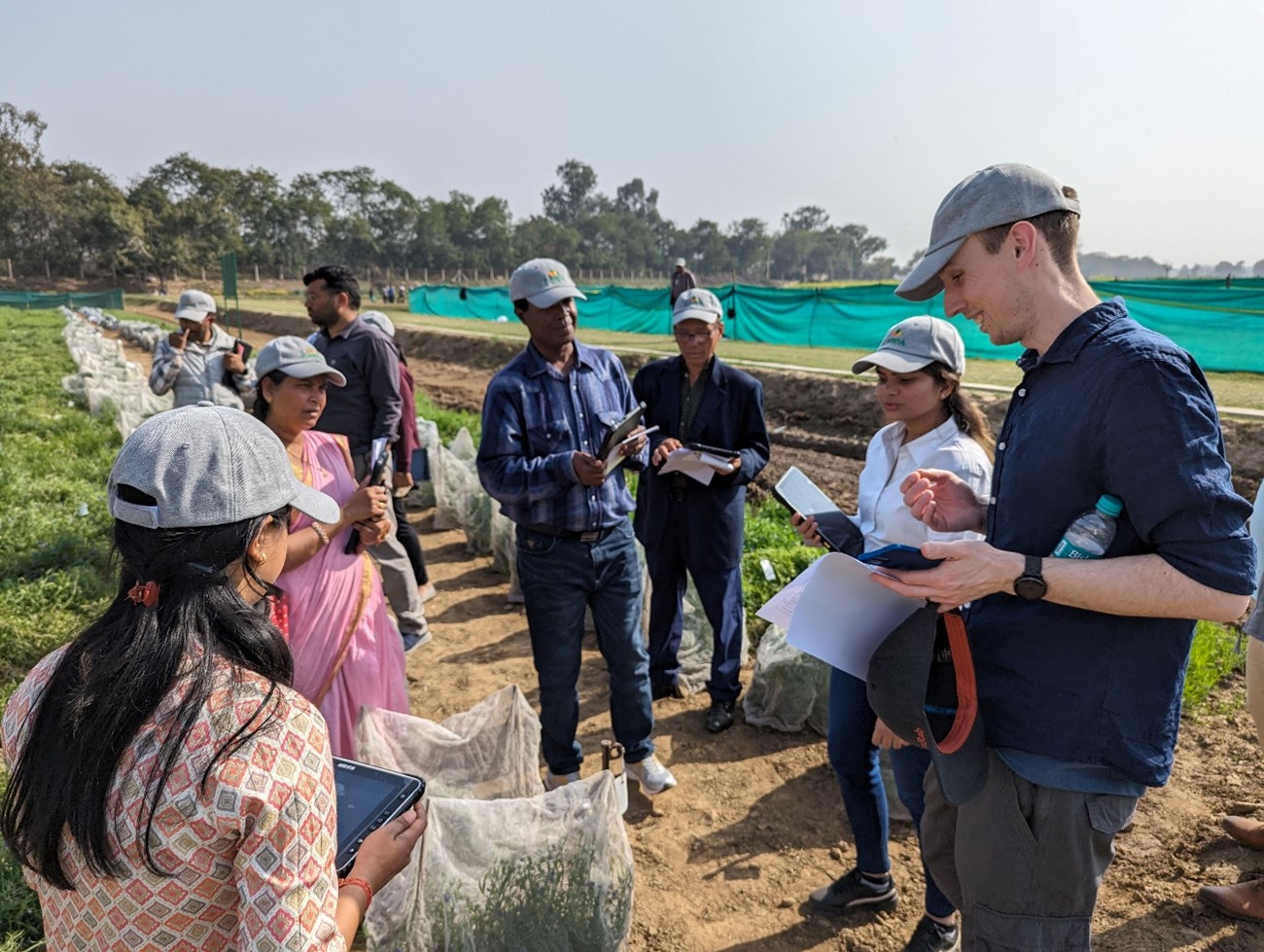Biodiversity for Opportunities, Livelihoods and Development or BOLD for short is a ground-breaking 10-year project to strengthen food and nutrition security worldwide by supporting the conservation and use of crop diversity.
Paul Shaw and Sebastian Raubach (IBH and ICS)
Funded with USD 58 million (although this has just been increased to 70 million with the inclusion of a new work package on nutritional content of crops) from the Government of Norway and launched in 2021, it builds on the work and achievements of the decade-long Crop Wild Relatives Project (2011- 2021) which we were part of.
The software tools Germinate, GridScore and Helium developed here at Hutton and IBH by Paul Shaw and Sebastian Raubach form a core component of the data sciences that are undertaken along with the expertise that we now have in helping scientists and breeders with their genetic resources collections.
As part of our work leading the informatics component of BOLD WP2 we followed up on last year’s training in Vietnam with our rice partners and held training on the new and massively improved GridScore NEXT software. We were invited out to India by ICARDA colleagues to meet with grasspea researchers from around the world. The training took part within a complex of offices housing many of the CGIAR centres on the agricultural sciences complex of the Indian Council for Agricultural Research (ICAR).


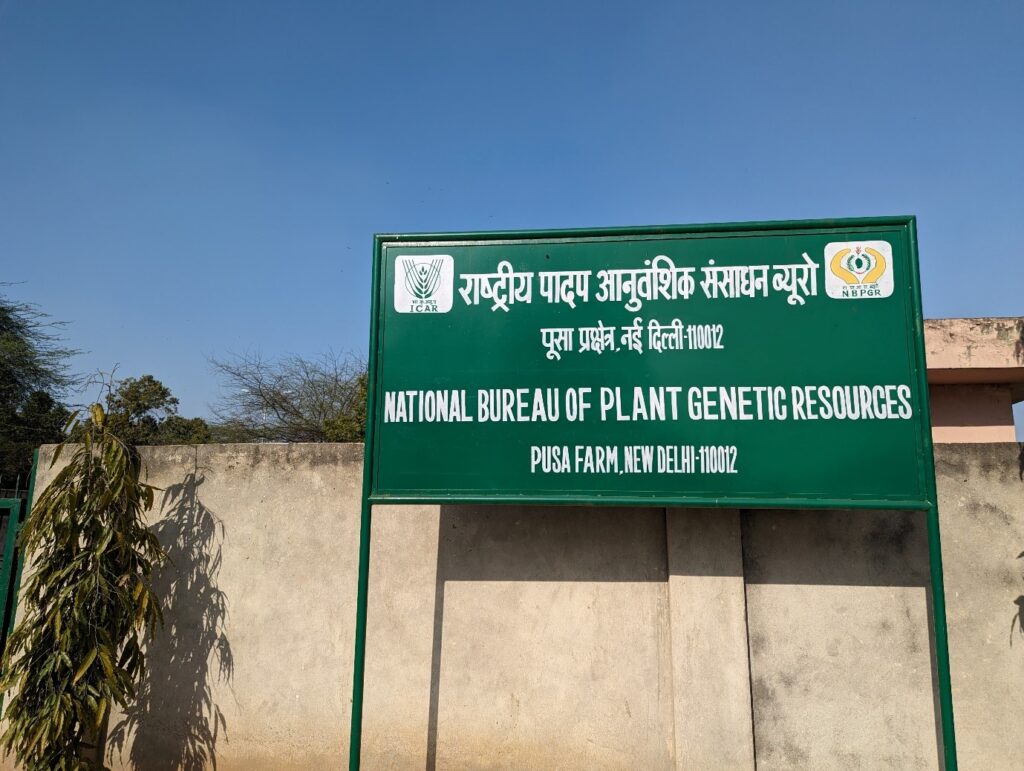
New Delhi is a big city of around 33 million people and that was a bit of a culture shock. The air pollution was also something I don’t think any of us had experienced before but the hospitality by our ICARDA hosts was second to none.
The training lasted a couple of days and included demonstrations of how to use GridScore along with testing the system on some experimental plots at India’s National Bureau of Plant Genetic Resources which was also on the campus in New Delhi.
Our BOLD partners this time were focussed on a crop called grasspea. Grasspea is interesting in that it pretty much grows anywhere in any conditions when other crops fail. It does however have a major problem in that under stress conditions it produces the neurotoxic amino acid β-N-oxalyl-L-α,β-diaminopropionic acid or ODAP for short. ODAP causes paralysis in high quantities which really is a blow to communities in developing countries as grasspea can be the only thing that survives challenging environmental pressures. So, what do you do, eat it or die? That is where the work that BOLD supports is coming in and allowing breeders to select for germplasm with lower ODAP concentrations which would provide plants that are climate resilient and safe to eat.
We arrived at the field site and were presented with flowers that were grown on the site. I must admit I rarely (i.e. never) get flowers, so it was a touching gesture from the staff there.
Paul Shaw
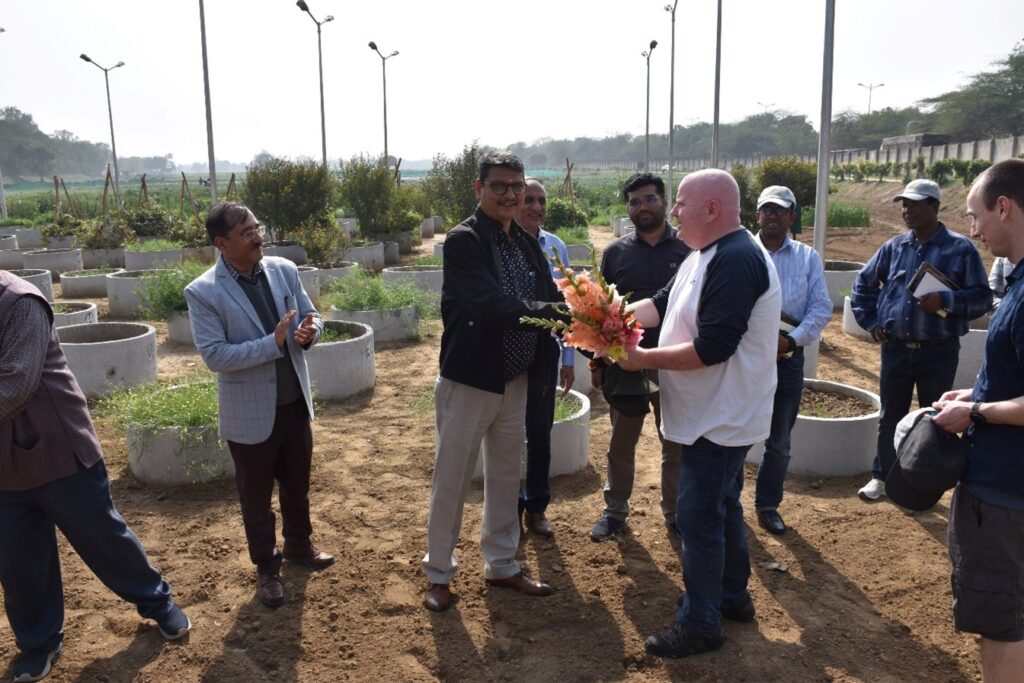
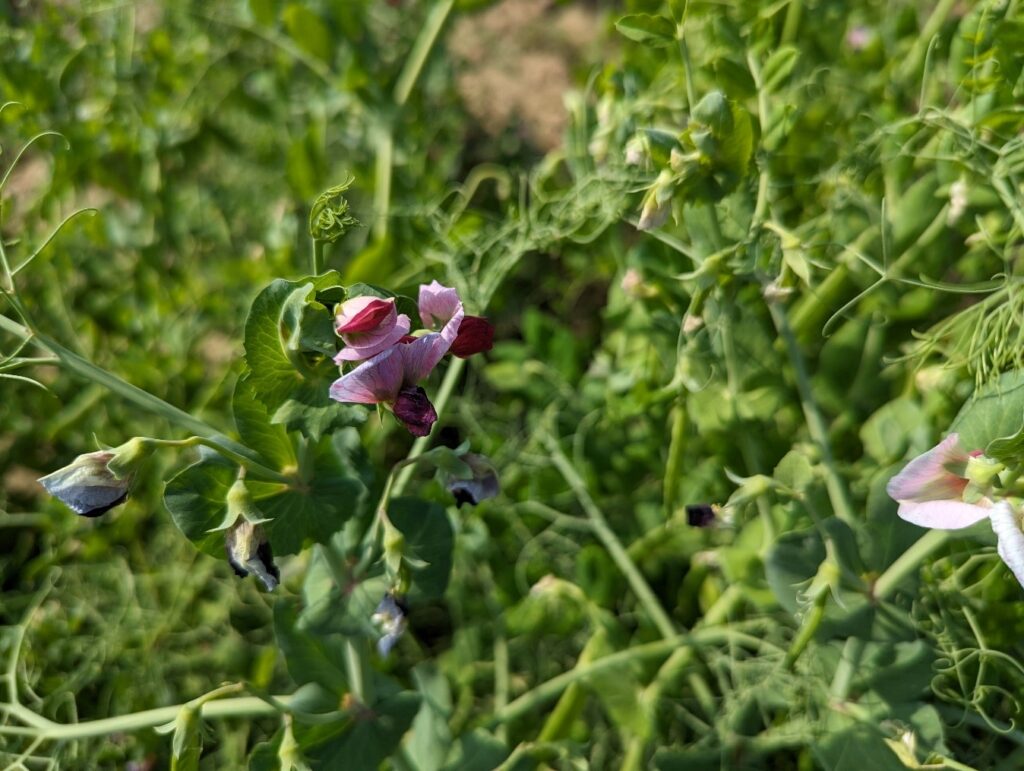
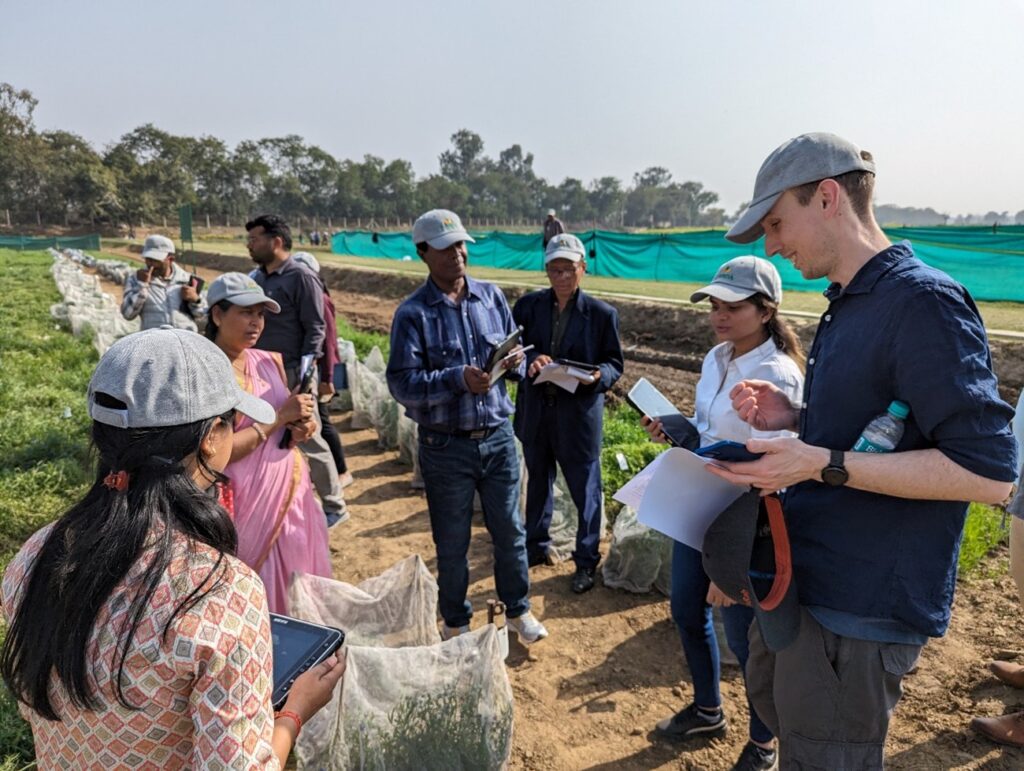
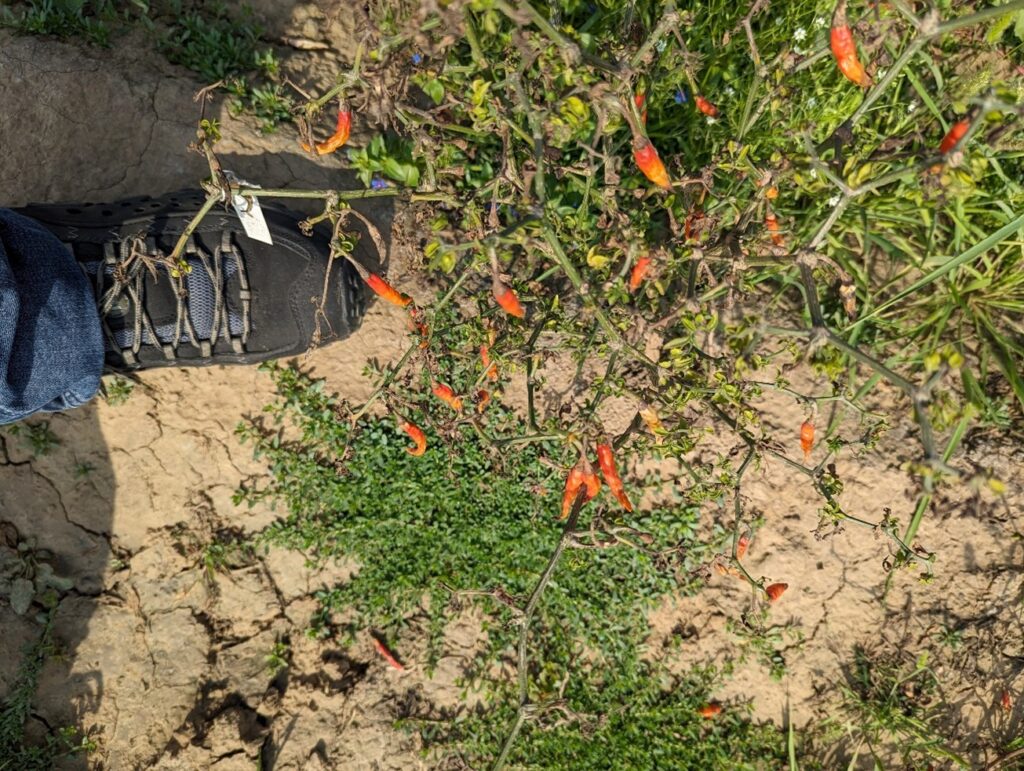
Our trip to India allowed us to work with our BOLD partners in person and to get their help on how we could develop our software to better meet the needs of the grasspea community. This was a great opportunity for us to directly engage with scientists from developing countries, help them with their data handling needs and of course make lots of new friends from around the world.
GridScore has received funding through the RESAS IBH aligned BARGAIN project here in Invergowrie as well as through the Crop Trust/Norwegian Governments BOLD project and it’s great to see the software being used around the world. While originally developed for our barley and potato needs here at Hutton, GridScore is now used to collect plant pre-breeding data on a wide diversity of crops that are critical in feeding parts of the developing world.


